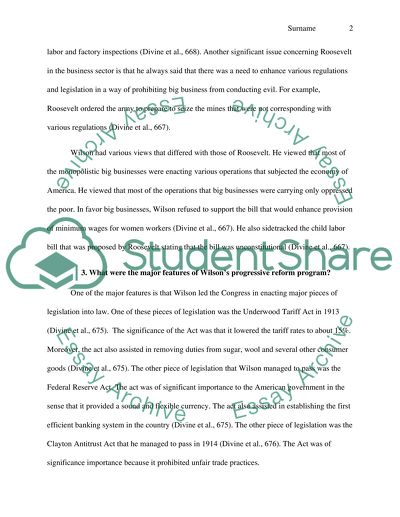Cite this document
(“American History after 1865 Coursework Example | Topics and Well Written Essays - 2000 words”, n.d.)
Retrieved from https://studentshare.org/history/1444434-american-history-after
Retrieved from https://studentshare.org/history/1444434-american-history-after
(American History After 1865 Coursework Example | Topics and Well Written Essays - 2000 Words)
https://studentshare.org/history/1444434-american-history-after.
https://studentshare.org/history/1444434-american-history-after.
“American History After 1865 Coursework Example | Topics and Well Written Essays - 2000 Words”, n.d. https://studentshare.org/history/1444434-american-history-after.


